Staff Editorial: Where Does Students’ Responsibility End?
August 25, 2020
CORRECTION: This editorial was updated on Aug. 26, 2020 at 2:30 p.m. to correct the record regarding Piedmont College’s policy regarding hybrid classes. The original editorial stated that Piedmont “promised classes with more than 15 people would be required to assume a hybrid format.” However, as noted by Vice President Dan Silber, the college has a three-pronged approach in which hybrid classes are only two of those prongs.
Despite being on campus for nearly three weeks, students and faculty alike are asking, “What is going on; is this working, or is it not?”
On our move-in day, students and their helpers had their temperatures checked before they could enter their residence halls, which in reality, only stopped symptomatic persons. This also applies to the daily Lion Check. The intentions are good, but what about the students who are not experiencing symptoms? What if a student lies in order to avoid being sent home? The COVID-19 Task Force can’t be everywhere, nor are they mind readers– they can only do so much. There has to be a better solution.
Students agree that there is an issue with Piedmont’s communication, which, for returning students, is not a new phenomenon. We are concerned because under the current plan we will only be notified if someone we live with tests positive. Unless classmates self-report, we currently have no way of knowing if a classmate has contracted the virus.
Before returning to campus, students were asked to sign the Piedmont Pledge, which bound them to a set of rules in order to return. If a student is on campus, they have agreed to follow the guidelines. Will we see action if a student does not live up to their end of the deal?
Over the summer, President Mellichamp posted a Welcome Back video that addressed different procedures the college was planning to implement. These included a stricter cleaning regiment, shortening the semester and limiting the number of guests in residence halls. Some changes have been publicly implemented, but many have not been publicly enforced–which leads us to ask if they are being enforced at all.
Usually, when the Roar runs an editorial, we have answers–but this time we are demanding them from those who are tasked with keeping us safe and healthy. We don’t want to be sent home. We want to stay on campus until November. We are expected to be adults, but we aren’t given adult access to the information necessary to make our own decisions. The student body has questions that have only been met with vague comments on certain posts on the Piedmont App. This leaves students to wonder when Piedmont will re-evaluate and better communicate the plan that the administration continues to speak of so proudly.
This editorial was written by the editorial staff of the Piedmont Roar.


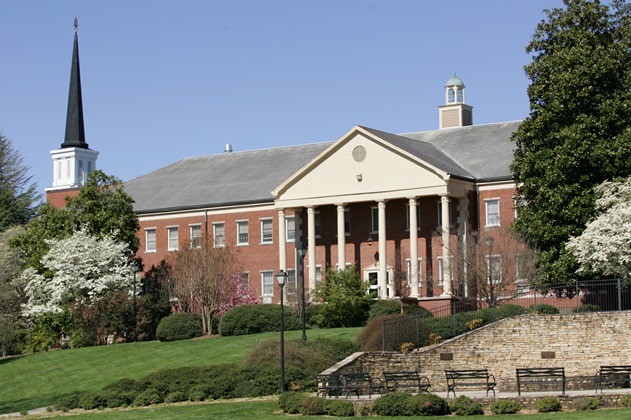

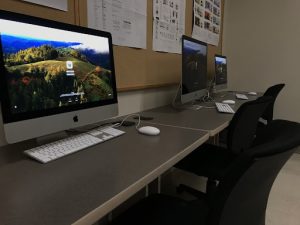
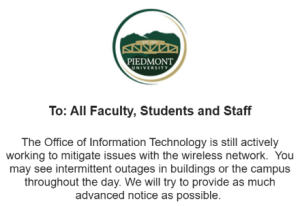
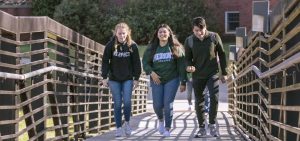
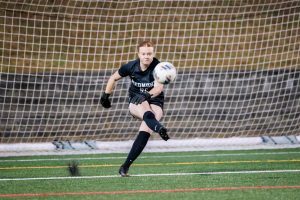


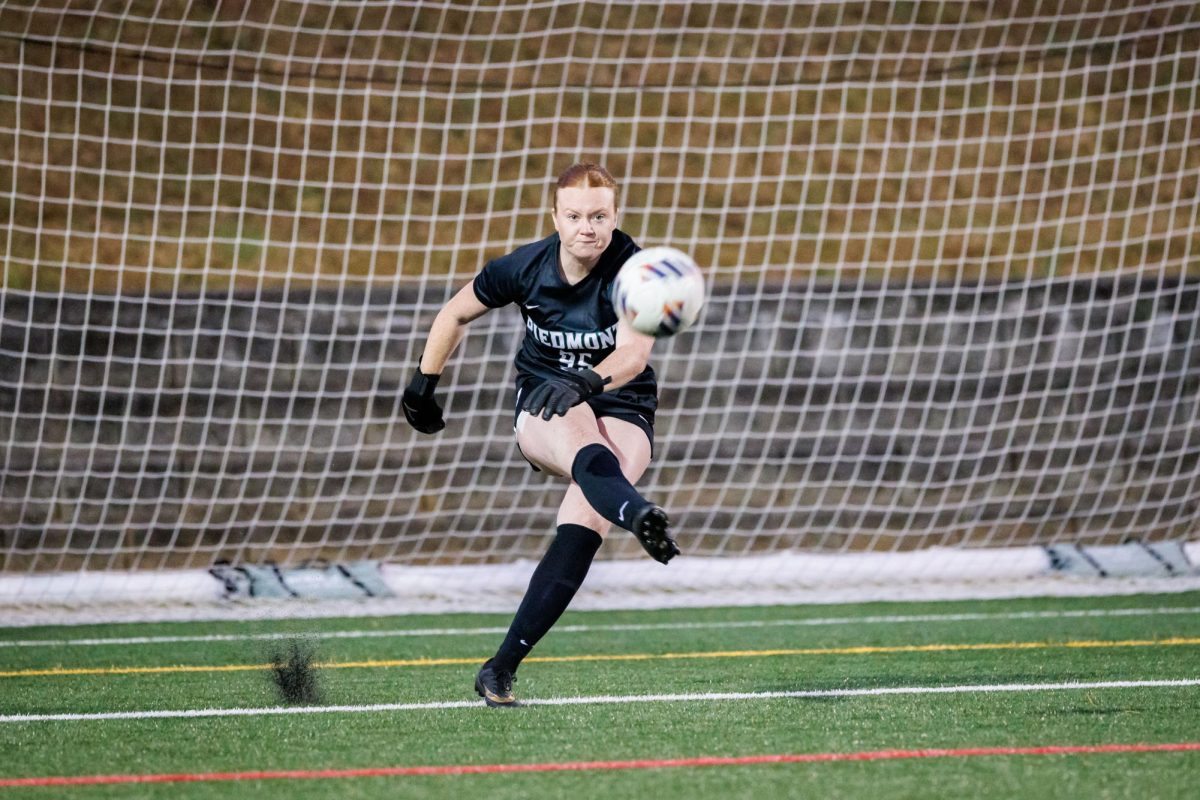
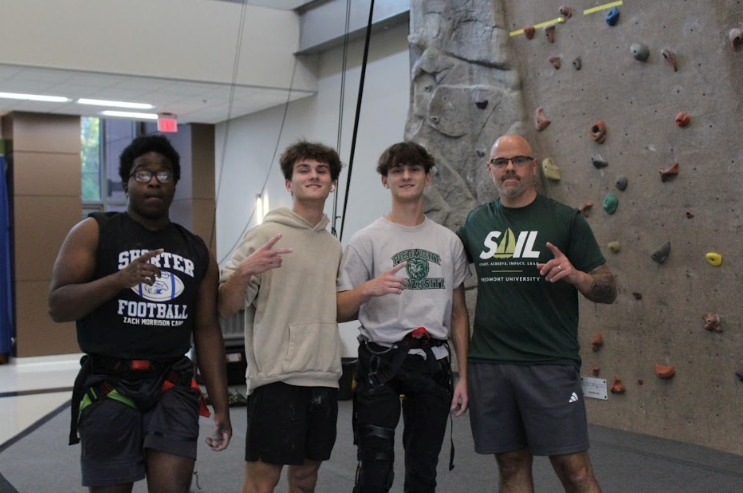

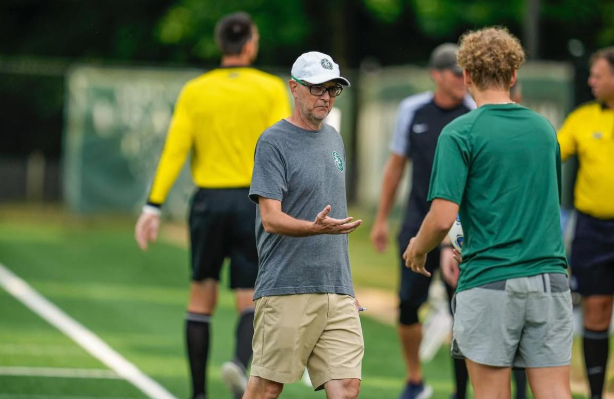
Dan Silber • Aug 26, 2020 at 11:15 am
Hello Editorial Staff:
Thank you for expressing your concerns about student safety. Piedmont College’s administration is also wholly committed to maintaining a safe environment on campus, and we are always reviewing our policies and procedures with that purpose in mind and updating them where we believe necessary.
I did want to point out one inaccuracy in your 8/25 “Where Does Students’ Responsibility End?” editorial on the issue of class sizes. Your editorial stated that “The college promised classes with more than 15 people would be required to assume a hybrid format.” However, the college did not actually make this promise. Rather, the college has a three-pronged approach to larger classes. Adopting a hybrid format would only characterize two of the three prongs.
I explained our three-pronged approach to Laura Alyssa Plate, and it was reflected in her 7/24 “Returning to College Amidst a Global Pandemic.” Here is the relevant excerpt from that ROAR article:
__________________________________________________________________________________________________
[BEGIN ARTICLE QUOTE]
“Course professors will communicate with their students about the exact format of their course designated by their dean,” said Silber. These three options are as follows according to Silber:
1. If a class with 15 or more students can consistently relocate to a large classroom in which social distancing is possible, then that class may continue to meet in person throughout the semester until Thanksgiving break.
2. Classes over 15 will switch to an alternating schedule in which students and professors meet face to face one week and online the next. Classes will be designated as “Green” or “Gold” to indicate which weeks they are meeting face to face and which weeks they are meeting online.
3. An individual class of students will be divided into two groups, a “Green” group and a “Gold” group. Group membership will determine whether a given student is meeting in the physical classroom or on the simultaneous Zoom session during any given week.
[END OF ARTICLE QUOTE]
_______________________________________________________________________________________________
So, just to be clear, the dean you referred to in the editorial did not “go against Piedmont’s original protocol.” Rather, the dean was implementing option 1 from the three-pronged approach we adopted during the summer.
Please let me know if you have any questions about our classroom protocol. Thanks.